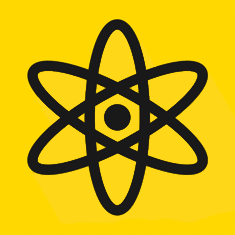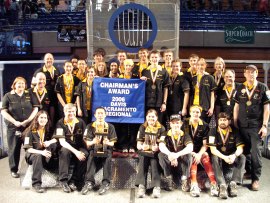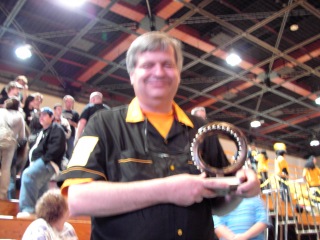2006: Aim High
Aim High consisted of three teams from two alliances. They had to compete to gain points by delivering balls into goals and by positioning their robots at key locations throughout the field to garner points.
The Field
Aim High was played on a field consisting of six goals and two platforms. There was one raised goal in the middle and two corner goals on each side of the field. The flat field was 54 feet long by 26 feet wide. Above each alliance station was a circular goal with a green light called the “center goal.” To the right and left of the center goal are two rectangular holes. These “corner goals” were used to maneuver balls. There was a raised platform directly in front of each alliance station.
Game Pieces
The game pieces were balls which closely resembled the proportions of a basketball.
Autonomous Period
Teams were able to pre-program their robot to perform certain functions and maneuvers without the control of the drivers. The robot had a chance to shoot balls into one of three goals. The alliance which scored the most points at the end of the autonomous period would net a ten point bonus and would be placed on defense for the second round.
Teleoperated Period
After the autonomous period, drivers assumed control of the robots in the teleoperated period. The teleoperated period was split up into three rounds. Each round lasted a total of 40 seconds. The defensive and offensive sides for the alliance were determined based on their performance in the autonomous period. As mentioned before, the defensive team could not shoot any balls. Teams would switch sides at the start of the third round. After a buzzer sounded at the end of round three, the robots rushed to their end zone and climbed the ramp to the platform under the center goal. Points were awarded based on the number of robots on the platforms.
Scoring
Each ball scored in a corner goal won the alliance one point. Goals scored in the center goal were three points each. During the last round, teams raced to the platforms located on opposite sides of the fields. Five points were awarded to alliances that had one robot on the platform, ten points for alliances with two robots, and 25 points for alliances with three or more robots on the platform.





